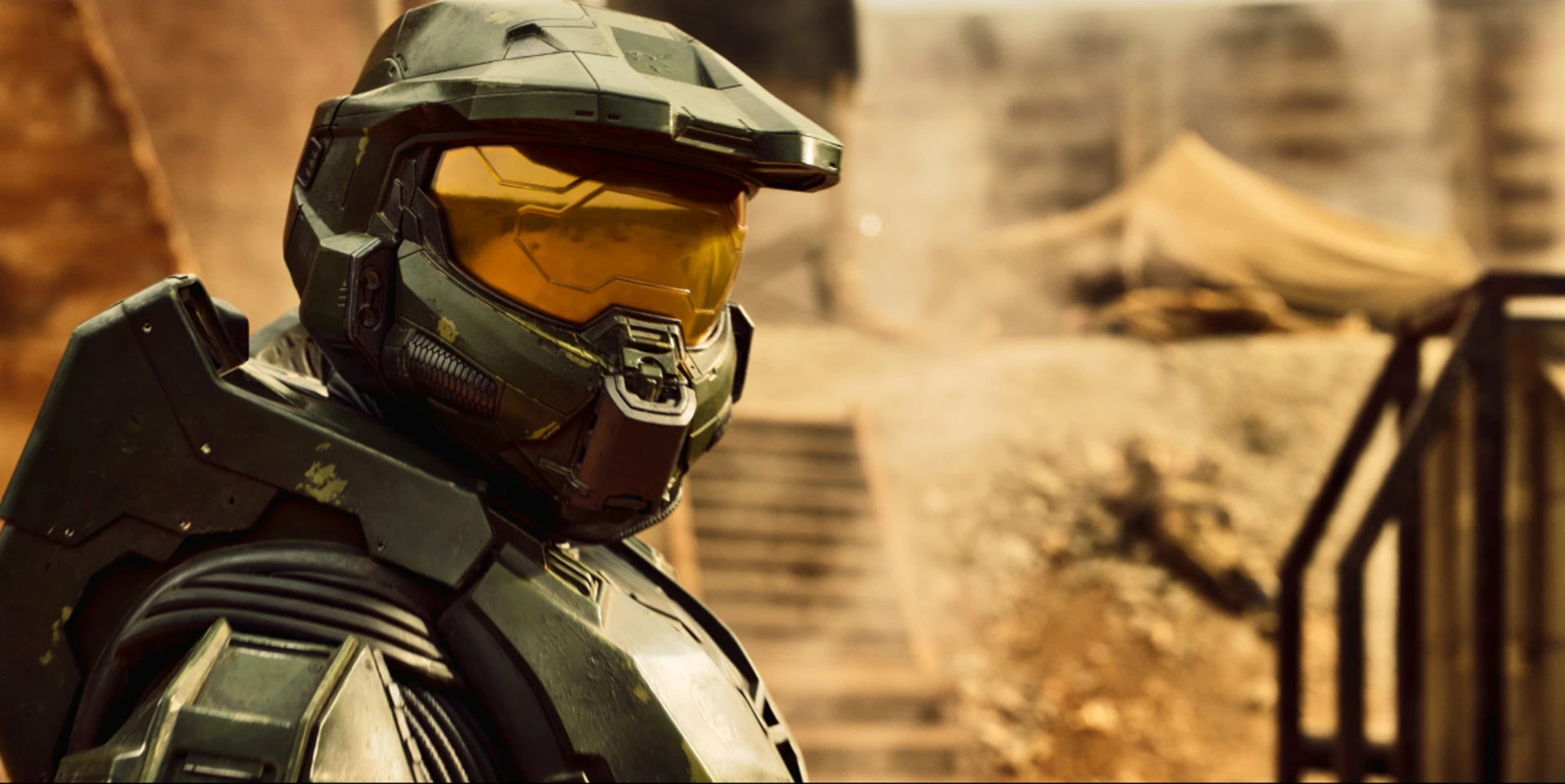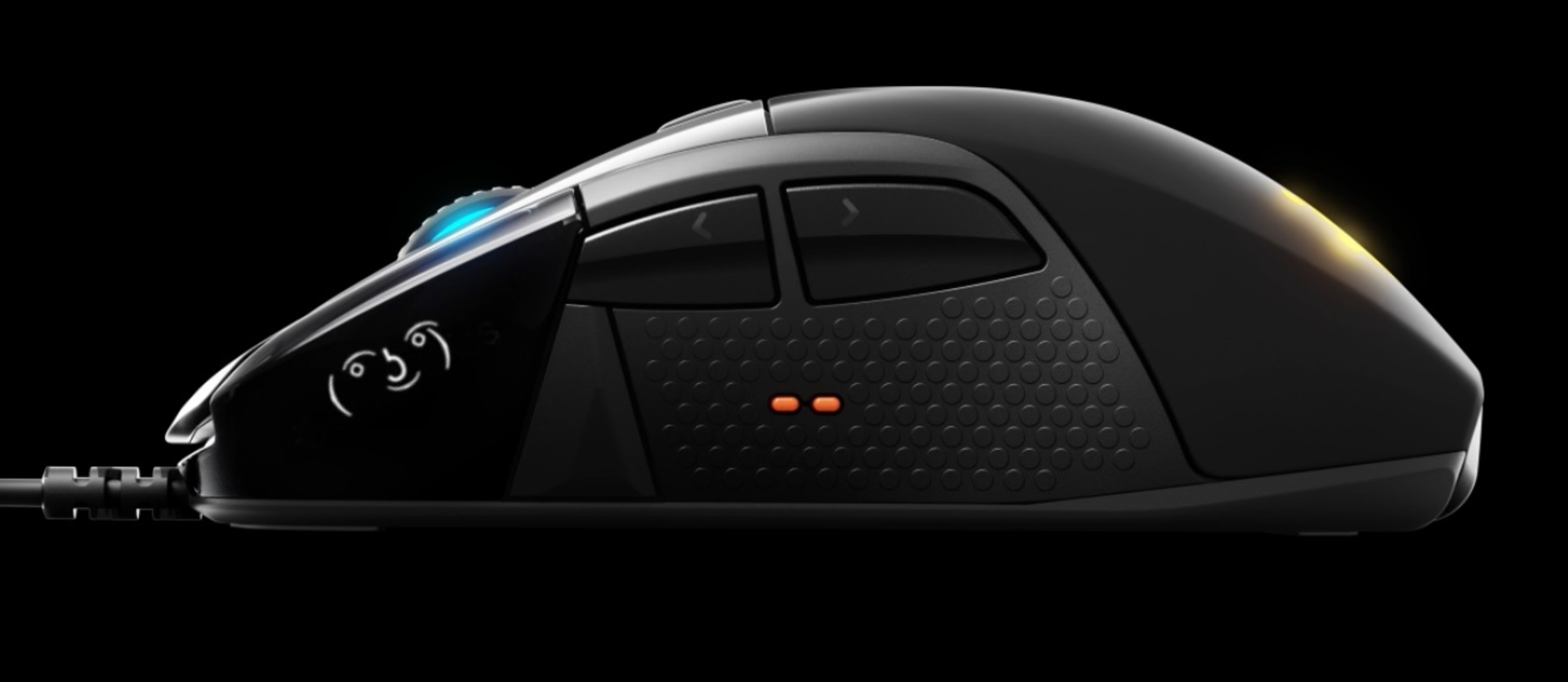
Halo TV Show VS. the Game
You think you know your Halo lore?

Let's dive into the differences between the show and the games.
As any fan will tell you, the live-action Halo TV series on Paramount+ is a much different beast than the video games. Die-hard Halo enthusiasts who played through the classic series from Bungie (and later 343 Industries’ titles) will undoubtedly pick up on some major differences between the two mediums, and that's by design.
While there's already an established narrative in the video games, the Paramount+ series is a non-canonical standalone journey that was inspired by the existing games instead of an adaptation or prequel. That means, while the Halo TV series manages to tackle large-scale intergalactic combat, it's only loosely inspired by 2001's Halo: Combat Evolved and the narrative that spun out of it.
So whether you've been watching the show and finding yourself confused by the way it doesn't exactly follow the Halo you know and love, or you're simply curious about the differences between the series and the games, we've broken down some of the most notable ways Halo as a TV series deviates from the games.
Master Chief gets more personal

Beyond pairing Chief with an entire squad and making the Halo TV series much less about him flying solo, the Paramount+ project goes a long way toward giving Chief a more nuanced personality. Throughout the game series, Chief has always been a bit of an enigma. It's been something of a running joke throughout the entirety of the Halo game series that Chief simply doesn't take his helmet off. In the series, he does -- and that's just the tip of the iceberg.
In doing this, the Halo TV show aims to take Master Chief in a newer and more unique direction. He's fleshed out as a living, breathing person instead of a legendary being. This iconic character, instead of given something akin to godlike status, sports a more relatable personality for viewers, all while his loyalty to humanity and to the UNSC come under fire. This makes for a more interesting departure from games where we embody a character we know nothing about and raises the stakes in a way that motivates you to get involved and learn more instead of remaining a passive participant in Chief’s history.
The UNSC isn’t just a force for good

The UNSC, or the United Nations Space Command, is seen as a benevolent force throughout the Halo video games. In the TV series, one of the first scuffles we see between the malevolent aliens, known as the Covenant, and humanity exists because a group of civilians are looking to establish independence from the UNSC. They believe the UNSC is spreading far beyond its reach, using both its army of super soldiers, the Spartans, and the Covenant as propaganda to strengthen their hold across the galaxy.
While the UNSC is seen as a tentpole in the fight against the Covenant in the games, the TV series paints them in a much less favorable light, giving them a morally gray presence that adds a bit more dimension to their side in the fight. It's clear that the UNSC, from the start of the series, is willing to let its soldiers and unsuspecting civilians go as long as it furthers their agenda, making the entity much less trustworthy than what we see of it in the games.
Master Chief doesn’t work alone

Master Chief is the glue that's always held all of the entries in the Halo games together. Not only do players take on the role of the supersoldier, but we've always viewed the narrative through his eyes. John-117 is a modified Spartan-II soldier who was originally trained by the UNSC specifically to fight against the Covenant. We as players enter the fight midway, as John-117, his designation, has been deployed. He was far from the first Spartan from UNSC to be deployed but usually tended to work alone aside from droves of UNSC soldiers.
In the Halo TV series, we see Chief taking command of Silver Team, a band of Spartan soldiers who work alongside Chief with similar makeup, skills, and training. It might be a bit jarring for those used to seeing Chief work alone, but it deepens the character progression we see throughout the course of the story. We watch Chief work with and care for the entirety of a squad, something we didn't get to explore in the Halo game series since 2010's Halo Reach, a prequel to Halo: Combat Evolved.
Cortana didn’t choose Chief

The AI Cortana, who we all know has traveled with Master Chief throughout the entirety of the Halo series, has a pretty straightforward background. Dr. Catherine Halsey created multiple clones that ended up in cryogenic units until she brought the viable clones together to make Cortana.
Cortana was initially meant to support Dr. Halsey's research before it was decided that Cortana could be the perfect support for those in the Spartan project. Thus, Cortana chose John-117 as her Spartan, citing the fact that he had luck on his side. Cortana was installed in Master Chief's MJOLNIR suit by way of a chip that can be removed and plugged into other modules from there to help bring her a holographic or tangible form for easier communication.
In the series, Cortana was created with the sole purpose of assisting Spartans. She's the product of a singular flash clone from Dr. Halsey who is already sentient, with a mature form. Dr. Halsey assigns her to Master Chief, and there is no "choosing" involved.
Cortana is installed directly into Chief's brain, and the two begin working together from there. With that said, however, despite the fact that the Cortana from the video games and the TV series look very different, they're both voiced by the same person: Jen Taylor.
Kwan Ha is a series-only character

From the beginning of the Halo series, it's clear that a young girl named Kwan Ha from the planet Madrigal will be an important fixture. She witnessed her mother, an Insurrectionist, seemingly murdered by Master Chief. Thus, she's always wanted to leave Madrigal to make a new life for herself away from the perceived dangers of Madrigal. But when she makes a move to sneak away from her father's outputs to try some nuts that can be used as drugs with her friends and the Covenant attacks, she finds that Master Chief and Silver Team are actually on their side against the Covenant. Thus, her journey with Master Chief and Silver Team grows into an alliance that reveals the secrets that went into her mother's supposed assassination.
In the games, however, Kwan Ha doesn't exist. Nothing about her situation or even her parents is written within the core Halo canon, which means the entirety of this storyline is completely fabricated for the TV series. If you're wanting some show-only action, watching Kwan Ha's story play out should be just as satisfying as seeking out novel-only story threads, since there are plenty of those with similar cases.
The Covenant works with a human

Throughout the Halo video games, the Covenant has always been a militaristic empire of life forms that hold religious beliefs. It's a mixture of various alien races, including the Grunts (Unggoy), Drones (Yanme'e), Jackals (Kig-Yar), Engineers (Huragok), Hunters (Mgalekgolo), Brutes (Jiralhanae), Elites (Sangheili), and Prophets (San'Shyuum). As such, it's never involved humans in any way beyond uneasy pacts or alliances, such as that of the Arbiter and Master Chief.
However, in the TV show, the Prophet of Mercy continually holds talks with Makee, a human who seems to have some sort of pull within the Covenant. She can even interact with items the Forerunners have created and seek them out on her own. The fact that Makee exists and is on the Covenant's side is a massive departure from the game's storyline, and one that makes for some unusual viewing for fans who have been following the game's canon narrative.
Also check this out:

Brittany Vincent has been covering video games and tech for 14 years for a variety of publications. When she's not writing or gaming, she's looking for the next great visual novel (like Saya no Uta.)